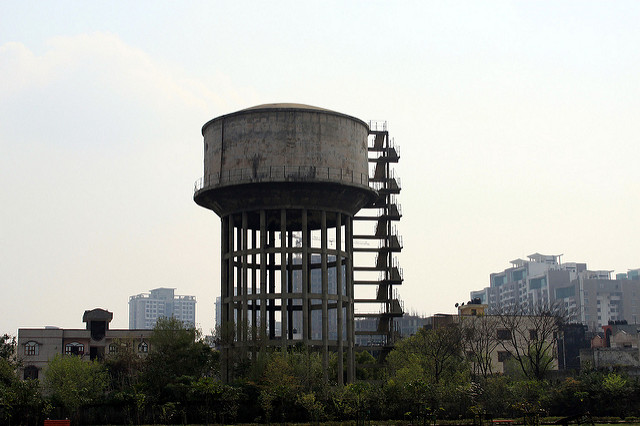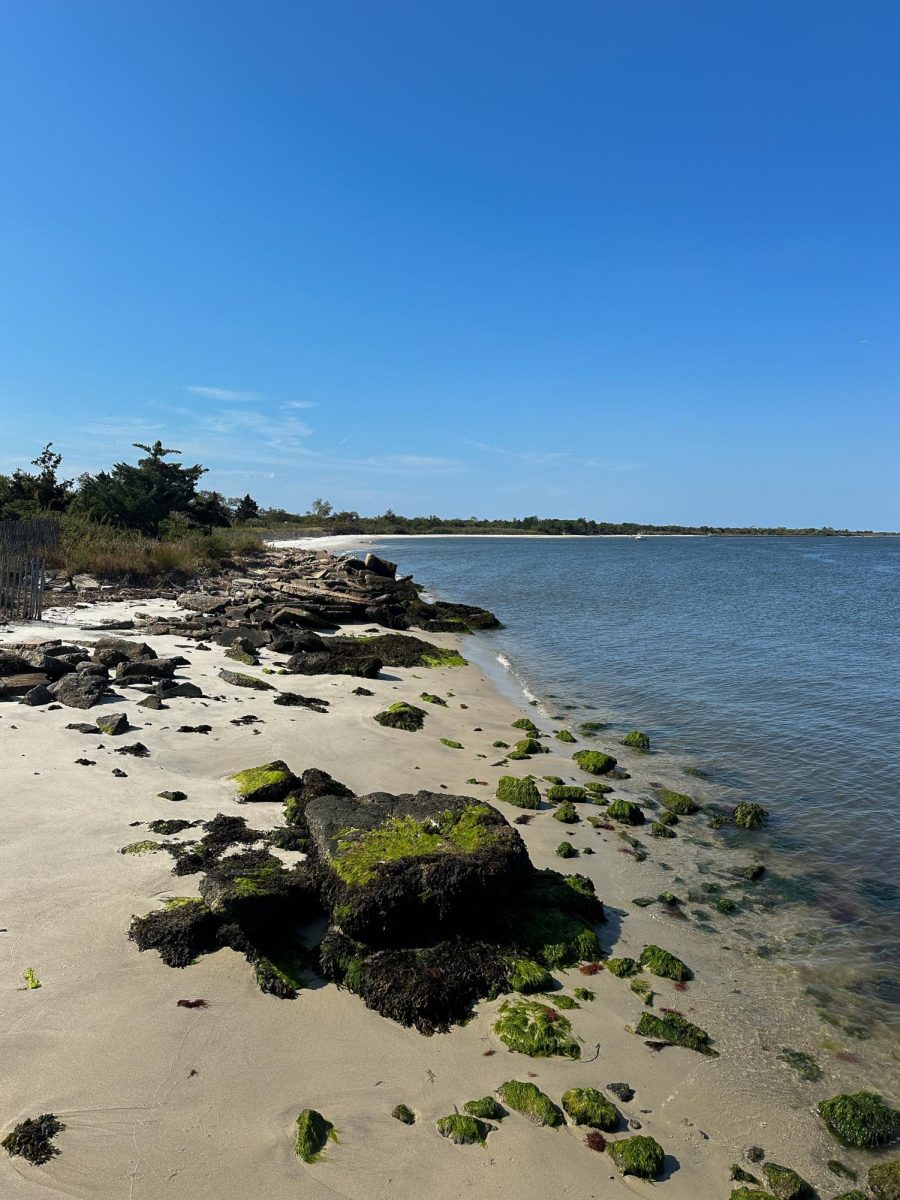Information courtesy of Citizen’s Campaign for the Environment
By Genesis Ibarra
Special to the Chronicle
Recent tests carried out by the Environmental Protection Agency (EPA) revealed 1,4-dioxane – an unregulated chemical and possible carcinogen – in the water supply across Long Island, including on Hofstra’s campus.
In these situations, protocol requires water districts to notify communities of any impending problems; however, according to Hofstra’s Vice President for Facilities and Operations Joseph Barkwill, no districts have been notified, which would suggest there is no potential hazard.

He explained that the water on the North and East (residential) sides of campus is retrieved from the Town of Hempstead while the water on the South (academic) side of campus is from the Village of Hempstead. Both water sources have been found to contain the contaminant at levels deemed unsafe under EPA cancer risk guidelines, according to Citizens Campaign for the Environment (CCE), a community research group based in Long Island.
The EPA has not set any regulations for this contaminant, only recommendations by state level government are made. But without the authority of regulations, the general public may be at risk.
Exposure to this chemical can occur when breathing contaminated air, using certain personal care products or simply drinking the water.
Exposure studies based on animal testing link 1,4-dioxane to liver, skin, abdominal, mammary gland and lung tumors. TOXNET, the Toxicology subsection of the U.S. National Library of Medicine, explains that people who may have been exposed to this chemical “complained of vomiting, nausea, headache, agitation, restlessness, and irritation of eyes, nose, and throat.”
The lack of regulations surrounding this contaminant is the reason Hofstra was not made aware of its potential presence in the water. “I have not had any notification or any issue regarding the water quality and they are by law required to announce any issues they have with the water quality,” Barkwill said.
The contaminant moves through soil instead of being filtered by it. Unlike upstate New York, which draws water from lakes, Long Island draws from the ground. Its main source of drinking water is the Magothy Aquifer, a large body of permeable rock that contains groundwater.
Margaret Hunter is a professor of environmental science and engineering. “The further up [in the rock layers] you are, the more likely contaminants are in it, because anything that’s on the ground can wash down [into the groundwater],” she said. The Magothy Aquifer is the second layer from the top and provides Suffolk County with 50 percent of its water.
Since this contaminant does not break down, once it infiltrates the water systems, it may degrade not only the environment, but also our bodies.
Matthew Guzowski is a sustainability student completing his master’s degree at Hofstra. “When I found out about this, I went out and I bought a water filter for my kitchen sink and also for my bathroom sink,” Guzowski said. “Sure, I have clean drinking water, but what about the water that I brush my teeth with? What about the water that I wash my face with?”
Claude Hypolite is a maintenance worker at Hofstra. When asked if the showers and sinks at Hofstra had filters, Hypolite said no, “but the showers [and sinks] are still no problem because from the reservoir there are filters [the water goes through] before reaching your house,” he said.
The contaminant is in general consumer products too. Manufacturers are currently free to add this potentially harmful chemical to their products since there are no regulations against its use. A process called Ethoxylation masks 1,4-dioxane by calling it a “byproduct:” this title allows companies to withhold information from the public. Everyday care products such as detergents, lotions, deodorants and cosmetics often include this contaminant without a warning label.
CCE is an organization advocating for environmental activism. According to the Memorandum of Support (for the) Ban of 1,4-dioxane in Household Cleansing Products, CCE states that, “Of the 4,400 water supply systems tested by the EPA nationwide, Long Island had the highest levels of 1,4-dioxane detection, with some water systems in both Nassau and Suffolk having levels almost 100 times the EPA’s cancer risk guideline.”
According to the EPA website, there haven’t been any major changes to the Safe Drinking Water Act (SDWA) since its 1996 amendments. Guzowski worries about how future generations will be impacted by environmental problems.
However, the issue has not gone unnoticed by public officials. New York Gov. Andrew Cuomo announced a new plan to cultivate shellfish on Long Island’s coasts as natural filters for these contaminants. At a conference in early September, Cuomo said, “it is in the drinking water and this is going to be the crisis of the next decade – mark my words.”
Regarding the safety of Hofstra students, Barkwill highlighted the fact that there are many hydration stations around campus that produce clean water. He even said they comply with student requests when expanding the stations to other locations. “Students like them,” he said. “They’re better than the old drinking fountains, so if there’s a particular location that students have an interest in, let us know. We do find them. We kind of pick out areas based on where we think a lot of students would be or where community members will be.”








